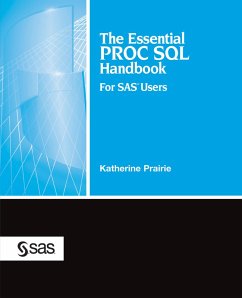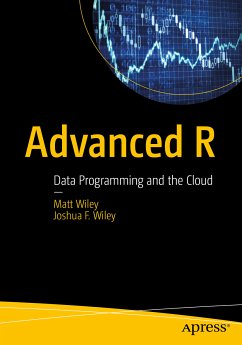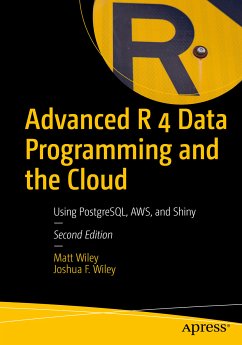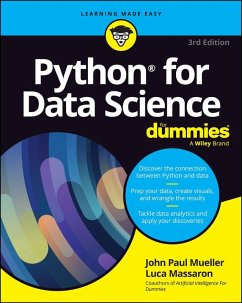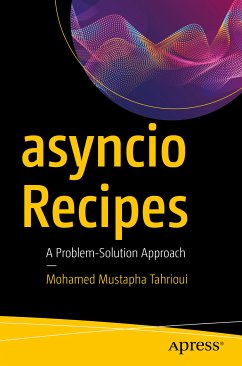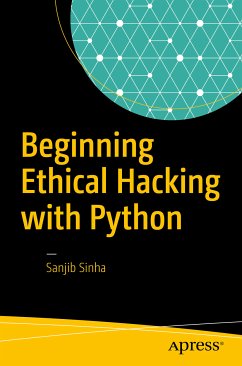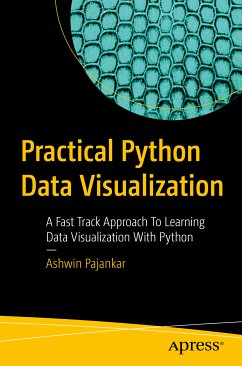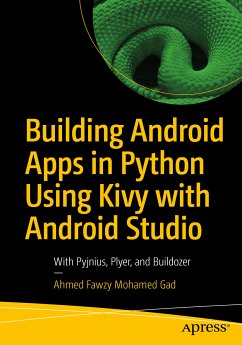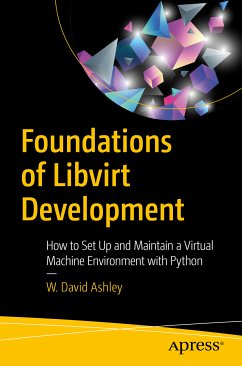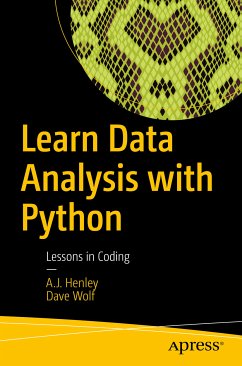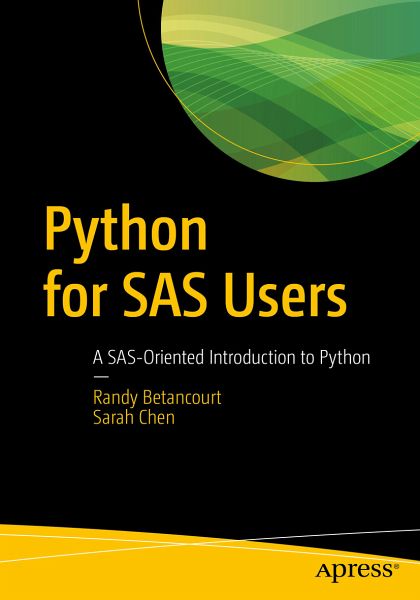
Python for SAS Users (eBook, PDF)
A SAS-Oriented Introduction to Python
Versandkostenfrei!
Sofort per Download lieferbar
43,95 €
inkl. MwSt.
Weitere Ausgaben:

PAYBACK Punkte
22 °P sammeln!
Business users familiar with Base SAS programming can now learn Python by example. You will learn via examples that map SAS programming constructs and coding patterns into their Python equivalents. Your primary focus will be on pandas and data management issues related to analysis of data.It is estimated that there are three million or more SAS users worldwide today. As the data science landscape shifts from using SAS to open source software such as Python, many users will feel the need to update their skills. Most users are not formally trained in computer science and have likely acquired the...
Business users familiar with Base SAS programming can now learn Python by example. You will learn via examples that map SAS programming constructs and coding patterns into their Python equivalents. Your primary focus will be on pandas and data management issues related to analysis of data.
It is estimated that there are three million or more SAS users worldwide today. As the data science landscape shifts from using SAS to open source software such as Python, many users will feel the need to update their skills. Most users are not formally trained in computer science and have likely acquired their skills programming SAS as part of their job.
As a result, the current documentation and plethora of books and websites for learning Python are technical and not geared for most SAS users. Python for SAS Users provides the most comprehensive set of examples currently available. It contains over 200 Python scripts and approximately 75 SAS programs that are analogs to the Python scripts. The first chapters are more Python-centric, while the remaining chapters illustrate SAS and corresponding Python examples to solve common data analysis tasks such as reading multiple input sources, missing value detection, imputation, merging/combining data, and producing output. This book is an indispensable guide for integrating SAS and Python workflows.
What You'll Learn
Who This Book Is For
SAS users, SAS programmers, data scientists, data scientist leaders, and Python users who need to work with SAS
It is estimated that there are three million or more SAS users worldwide today. As the data science landscape shifts from using SAS to open source software such as Python, many users will feel the need to update their skills. Most users are not formally trained in computer science and have likely acquired their skills programming SAS as part of their job.
As a result, the current documentation and plethora of books and websites for learning Python are technical and not geared for most SAS users. Python for SAS Users provides the most comprehensive set of examples currently available. It contains over 200 Python scripts and approximately 75 SAS programs that are analogs to the Python scripts. The first chapters are more Python-centric, while the remaining chapters illustrate SAS and corresponding Python examples to solve common data analysis tasks such as reading multiple input sources, missing value detection, imputation, merging/combining data, and producing output. This book is an indispensable guide for integrating SAS and Python workflows.
What You'll Learn
- Quickly master Python for data analysis without using a trial-and-error approach
- Understand the similarities and differences between Base SAS and Python
- Better determine which language to use, depending on your needs
- Obtain quick results
Who This Book Is For
SAS users, SAS programmers, data scientists, data scientist leaders, and Python users who need to work with SAS
Dieser Download kann aus rechtlichen Gründen nur mit Rechnungsadresse in A, B, BG, CY, CZ, D, DK, EW, E, FIN, F, GR, HR, H, IRL, I, LT, L, LR, M, NL, PL, P, R, S, SLO, SK ausgeliefert werden.



